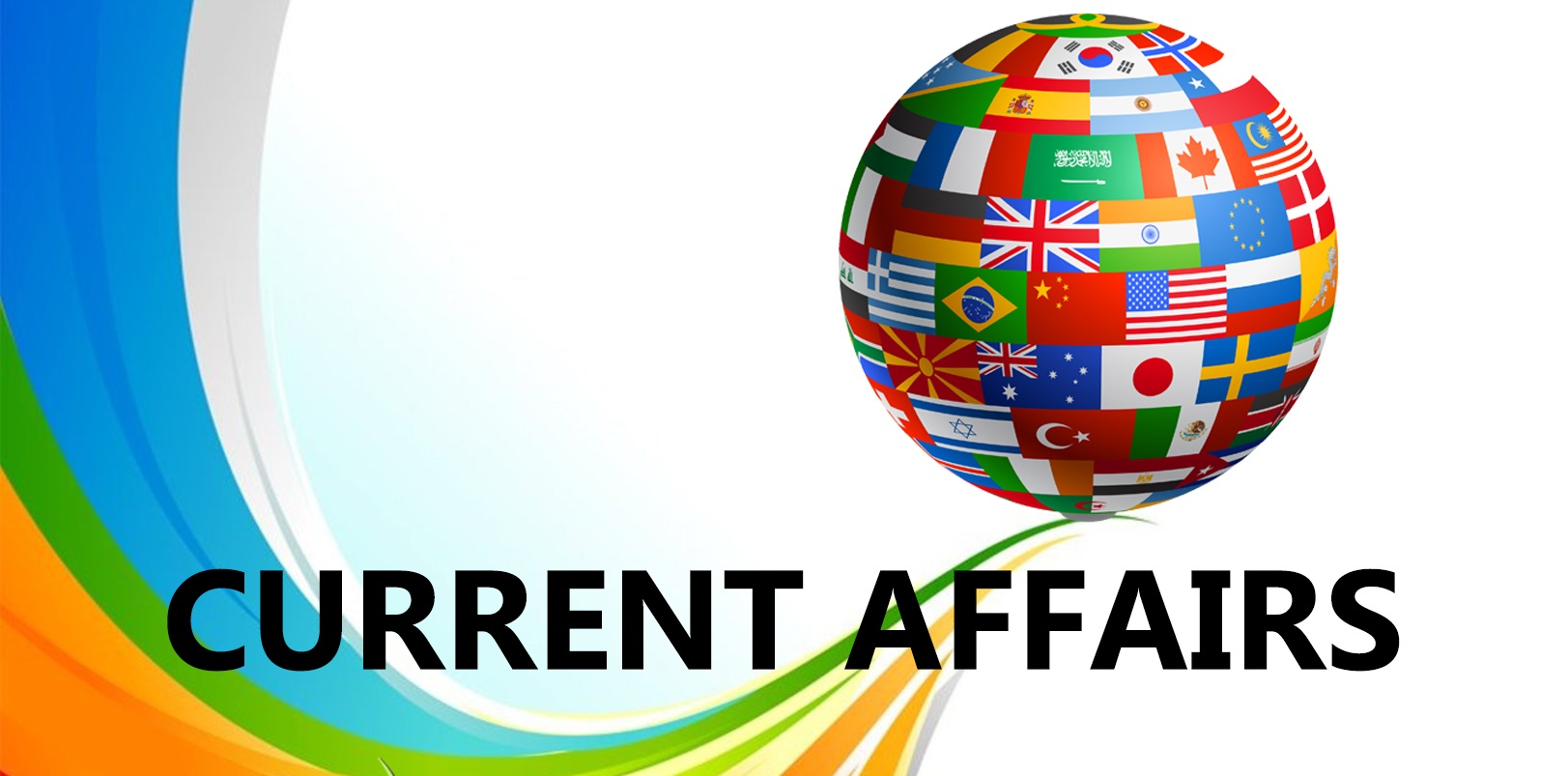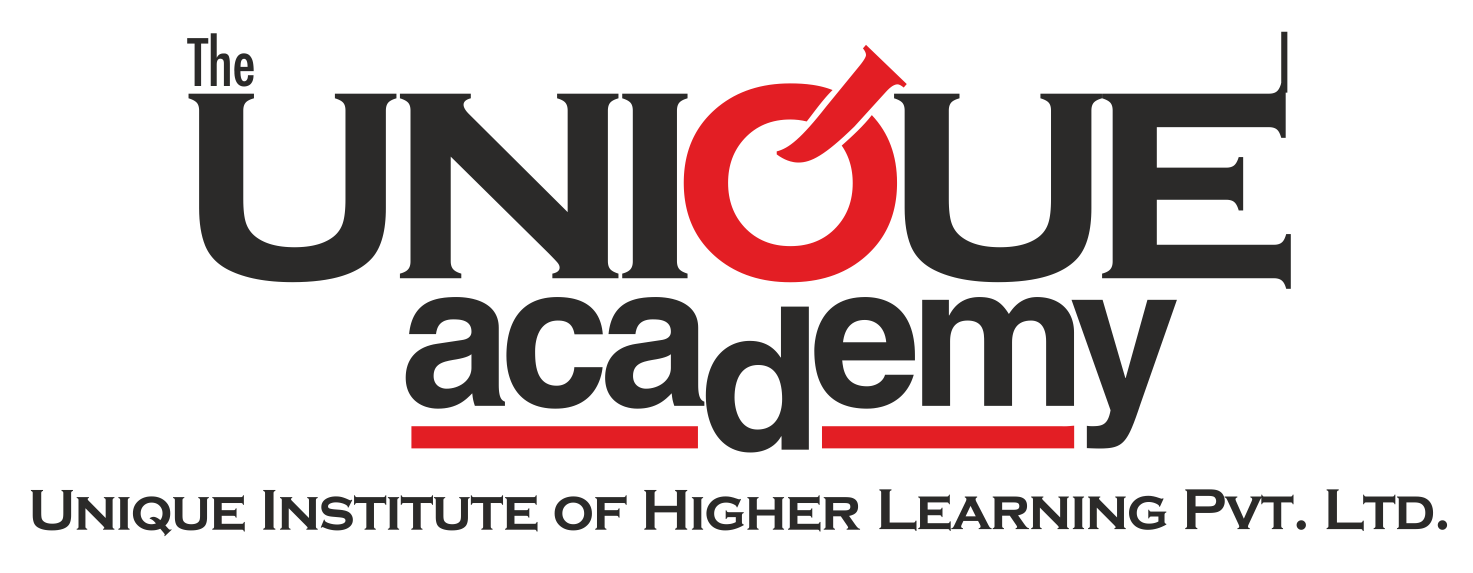
Retail Inflation
Retail inflation, primarily measured by the Consumer Price Index (CPI) in India, reflects the rate at which prices of goods and services consumed by households increase over time. It is a critical economic indicator that influences monetary policy, purchasing power, and overall economic stability. Below is an overview of its significance and implications in the Indian context.
- Indicator of Cost of Living:
- Retail inflation directly affects the cost of essential goods and services like food, fuel, housing, and healthcare.
- Higher inflation erodes purchasing power, particularly for low- and middle-income households, as their real income (adjusted for inflation) decreases.
- Monetary Policy Framework:
- The Reserve Bank of India (RBI) uses CPI inflation as the primary target for its monetary policy under the Flexible Inflation Targeting (FIT) framework, adopted in 2016.
- The RBI aims to maintain CPI inflation at 4% with a tolerance band of ±2% (i.e., 2%–6%).
- Inflation trends guide decisions on key policy rates, such as the repo rate, to control money supply and stabilize prices.
- Economic Stability:
- Moderate inflation signals healthy demand and economic growth.
- Persistent high inflation can lead to economic instability, while deflation (falling prices) may indicate weak demand and economic stagnation.
- Impact on Savings and Investment:
- Inflation affects the real return on savings and fixed-income investments like bank deposits and bonds.
- High inflation discourages savings and shifts investor preference toward inflation-hedging assets like gold or real estate.
- Global and Domestic Comparisons:
- Inflation trends help benchmark India's economic performance against other countries.
- Domestically, it highlights regional disparities, as rural and urban CPI baskets differ (e.g., rural areas have a higher weight for food).
- Food Inflation:
- Food and beverages constitute ~46% of the CPI basket, making food prices a dominant driver.
- Supply-side factors like monsoon failures, crop damage, or supply chain disruptions (e.g., due to floods or fuel price hikes) significantly impact food inflation.
- Recent data (March 2025) indicates retail inflation at 25%, with food inflation at 8.66%, driven by rising prices of vegetables, pulses, and edible oils.
- Fuel and Energy Costs:
- Fuel and light (~7% of CPI) are sensitive to global crude oil prices and government policies on subsidies or taxes.
- Geopolitical tensions (e.g., Russia-Ukraine conflict) or OPEC decisions can increase fuel inflation, indirectly raising transportation and production costs.
- Core Inflation:
- Core inflation (excluding volatile food and fuel components) reflects demand-side pressures and costs of services like housing, education, and healthcare.
- Persistent core inflation indicates entrenched price pressures in the economy.
- Supply Chain and External Shocks:
- Global commodity price spikes, exchange rate fluctuations, or domestic supply bottlenecks (e.g., logistics disruptions) contribute to inflation.
- For instance, a weakening rupee increases import costs for crude oil and edible oils, which India heavily relies on.
- Government Policies:
- Changes in taxes (e.g., GST rates), subsidies, or minimum support prices (MSP) for crops influence retail prices.
- Fiscal measures, like fuel tax cuts, can temporarily ease inflationary pressures.
- Household Welfare:
- High inflation disproportionately affects low-income households, as they spend a larger share of income on essentials like food and fuel.
- Rising prices can lead to reduced consumption, impacting quality of life and increasing demand for wage hikes.
- Monetary Policy and Interest Rates:
- Persistent inflation above the RBI’s target range may prompt rate hikes, increasing borrowing costs for businesses and consumers.
- For example, the RBI raised the repo rate to 5% in 2023 to curb inflation, impacting loan EMIs and business investments.
- Economic Growth:
- High inflation can dampen consumer demand and business confidence, slowing economic growth.
- Conversely, very low inflation may signal weak demand, discouraging investment and job creation.
- Fiscal Policy Challenges:
- Inflation complicates government budgeting, as higher prices increase subsidy burdens (e.g., on food and fertilizers).
- The government may need to balance growth-oriented spending with inflation-control measures like supply-side interventions.
- Investment and Financial Markets:
- Inflation influences stock markets, as rising costs can squeeze corporate profits.
- Investors may shift to inflation-linked bonds or commodities, while high inflation increases demand for gold, a traditional hedge in India.
- Social and Political Implications:
- Sustained high inflation can lead to public discontent, as seen in protests over rising food and fuel prices.
- It influences electoral outcomes, as governments are held accountable for price stability.
- Current Inflation Rate: Retail inflation rose to 5.25% in March 2025 from 4.85% in February, driven by high food inflation (8.66%). However, it remains within the RBI's 2–6% target range.
- Food Inflation: Prices of vegetables (e.g., tomatoes, onions), pulses, and edible oils surged due to supply disruptions and unseasonal weather.
- Core Inflation: Eased to 3.3%, indicating softening demand-side pressures.
- RBI's Stance: The RBI is likely to maintain a neutral stance, balancing inflation control with growth support. Rate cuts may be considered if inflation moderates further.
- Challenges: Global uncertainties (e.g., commodity price volatility, geopolitical risks) and domestic factors (e.g., monsoon performance) will shape future trends.
- Strengthen Supply Chains:
- Invest in storage, logistics, and cold chains to reduce food wastage and stabilize prices.
- Promote agricultural diversification to mitigate reliance on monsoon-dependent crops.
- Enhance Monetary-Fiscal Coordination:
- Align fiscal measures (e.g., targeted subsidies) with RBI's inflation targets to avoid policy conflicts.
- Use direct benefit transfers to shield vulnerable households from price shocks.
- Address Structural Issues:
- Reduce dependence on imported oil through renewable energy adoption.
- Reform agricultural marketing (e.g., strengthen e-NAM) to improve price discovery and reduce middlemen costs.
- Monitor Global Risks:
- Hedge against global commodity price volatility through strategic reserves and trade agreements.
- Strengthen forex reserves to stabilize the rupee and curb imported inflation.
Retail inflation is a pivotal metric shaping India's economic landscape, affecting everything from household budgets to national policy decisions. While moderate inflation supports growth, persistent high inflation poses risks to economic stability and social welfare. Effective management requires a blend of monetary discipline, supply-side reforms, and proactive fiscal measures. As India navigates global and domestic challenges, maintaining inflation within the RBI's target range will be crucial for sustainable growth and equitable development.

